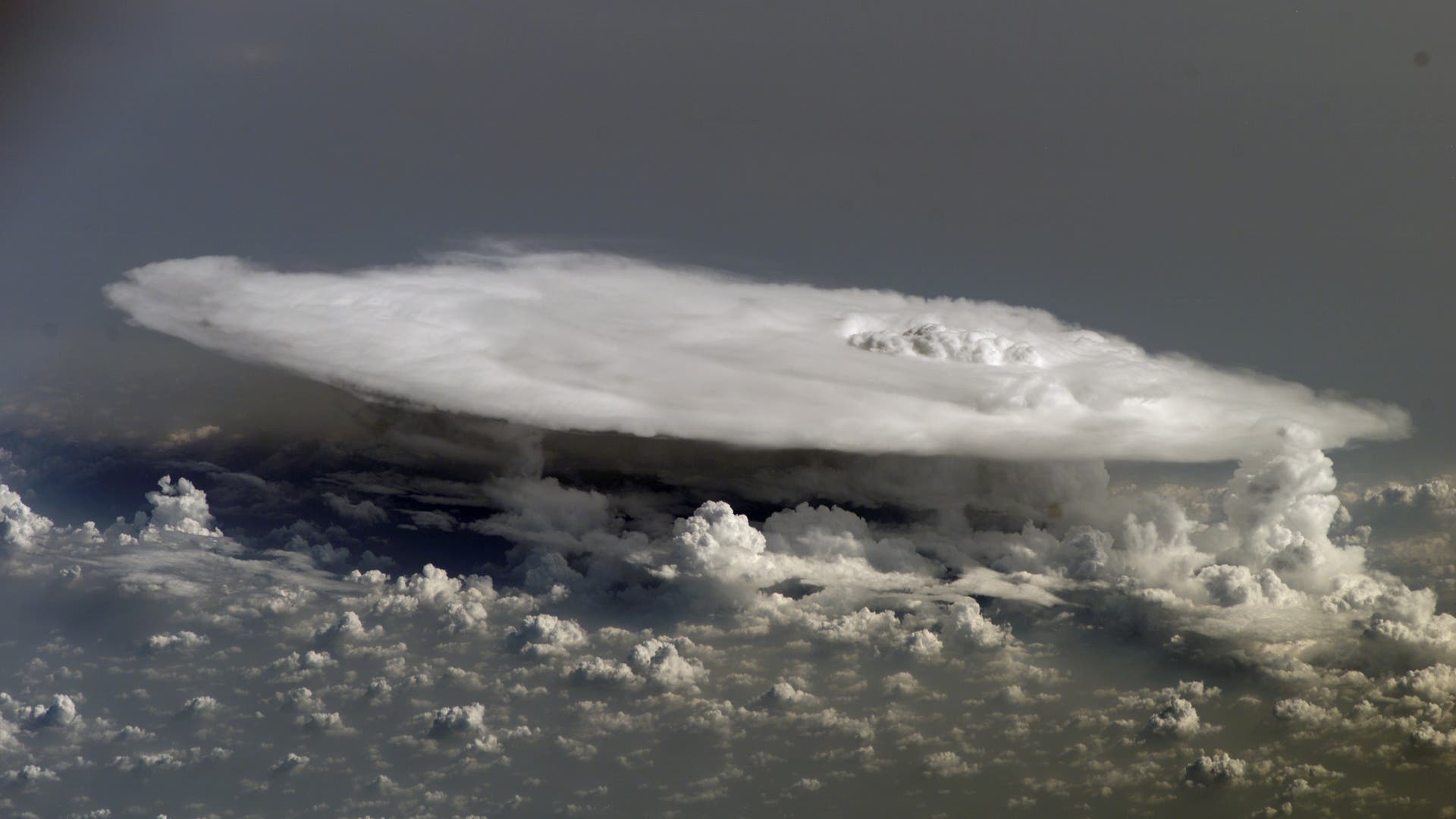The abbreviation G7 is on everyone's tongue, especially at the time of the G7 summit. But who actually belongs to the G7 countries, how was the group established, and what are its tasks?
Elmau – In June 2022, Heads of State and Government will gather in Elmau for the 48th G7 Summit. At the conference, politicians discuss the global economy, but also foreign and security policy. Overview of the creation and work of the G7.
| Group of Seven (Group of Seven) |
| 1975 |
| Germany, France, Great Britain, Italy, Japan, Canada, United States of America |
| G7 summit |
G7 countries: Who belongs to the G7?
G7 is an abbreviation for “Group of Seven”. This is not an official organization, but rather an informal association of the most powerful countries in the Western world at the time of its founding. The group has no administrative body and no permanent representation of its members. The G7 countries are:
The population of the G7 countries represents about 10% of the world's population, and the G7 countries generate 45% of the world's gross national income.
The European Union has also participated in the meetings as an observer since 1977.
History of the G7
The Group of Seven has its origins in the informal “Group of Five,” which met in the White House Library beginning on March 25, 1973. The group was also called the “Library Group” because of the meeting point. It included finance ministers and central bank presidents of the USA, Germany, France and the UK – and, as of September 1973, Japan also participated.
Finally, in 1975, then-French President Valery Giscard d'Estaing and German Chancellor Helmut Schmidt launched the first World Economic Summit. The Heads of State and Government of Germany, France, Great Britain, Italy, Japan and the United States of America met for a fireside conversation at Rambouillet Castle. The Group of Six (G6) was born. Those in power discussed the oil crisis and the financial crisis in a small circle – the Bretton Woods system of fixed exchange rates had just collapsed. At the end of the meeting, a 15-point agreement was reached. They also agreed to meet annually under a rotating presidency. In 1976, Canada finally joined the group.
In their founding years of 1975 and 1976, the G6 and G7 were the six and seven largest economies in the world in terms of GDP. But the situation is no longer the case, as the GDP of China and India exceeds that of Canada, the smallest country in the Group of Seven economies.
G7 Summit: Heads of Government Meeting
The G7 organizes regular global economic meetings, so-called G7 summits. The original plan was for politicians to have face-to-face discussions on global economic issues and coordinate common positions and goals. The topics of the G7 Summit have now expanded significantly: the agenda also includes foreign and security policy, as well as population development, health, education, environmental and climate protection, and the fight against terrorism.
G7 goals
The G7 sees itself as a community of values, with its members committed to democracy, the rule of law, freedom, human rights, prosperity and sustainable development. G7 decisions are not legally binding. However, due to the political and economic weight of the G7 countries, it has influence over many other countries and organizations.
The work of the Group of Seven
Summits are the culmination of the work of the G7, but they are not the only activity. Meetings between experts and specialized ministers are held throughout the year. The G7 countries coordinate their positions and initiatives in various fields in working groups. Heads of state and government and chief negotiators, called Sherpas, prepare topics for the summit. Shortly before the G7 summit, foreign ministers of member states meet and discuss foreign policy issues. All G7 results are recorded in joint announcements.

What is the G8?
In 1998, the circle was expanded to include Russia – and thus the G8 came into being. But in 2014, the G7 summit scheduled to be held in Sochi was canceled due to Russian aggression against Ukraine in the Crimean crisis. The remaining countries decided to meet again in the G7 format without Russia until further notice.
What are the criticisms directed at the G7?
The association is criticized because it consists only of representatives from Western industrialized countries, and therefore does not represent all regions or all levels of development in the world. The organization of the G7 is also criticized: the decision-making process is not transparent, and decisions are often not implemented. Movements critical of globalization in particular protest against the G7 and engage in street battles with police at G7 summits.

“Alcohol buff. Troublemaker. Introvert. Student. Social media lover. Web ninja. Bacon fan. Reader.”






More Stories
What is GDP, how is it measured, and what is its importance?
American fast food chains Taco Bell and Krispy Kreme are coming to Germany
Current data on German foreign trade